1. Too Many Balloons

Balloons are classic, but flooding a room with them can make it look like a kid’s birthday instead of a stylish gathering. Too many balloons on the floor also create tripping hazards and get popped constantly, which is distracting. Overstuffed balloon arches or clusters can block sightlines, making the space feel cramped. A few well-placed balloons are fine, but balance matters.
The other issue is cleanup—popped balloons leave behind rubber bits that are messy and sometimes unsafe for pets or small children. Guests also tend to see piles of balloons as cheap filler rather than thoughtful décor. When used sparingly, balloons can feel festive, but going overboard diminishes the effect. Less is more if you want to keep it classy.
2. Overly Bright LED Lights
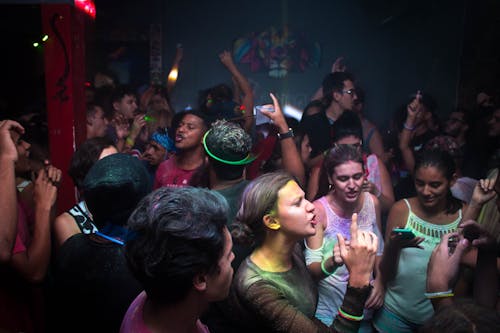
Harsh, cold LED lights might be great for visibility, but they rarely create a cozy or celebratory vibe. When a space feels like a hospital waiting room, people aren’t exactly inspired to dance or relax. Bright lighting tends to make guests more self-conscious because every detail is exposed. Instead, softer or dimmable lighting helps set a mood that feels welcoming.
On top of that, bright lights can actually tire out the eyes over time. Guests may find themselves leaving earlier than planned simply because they don’t feel comfortable. It’s a subtle thing, but ambience really does affect how long people stay. Warm tones and strategic placement can make a world of difference.
3. Clashing Color Schemes
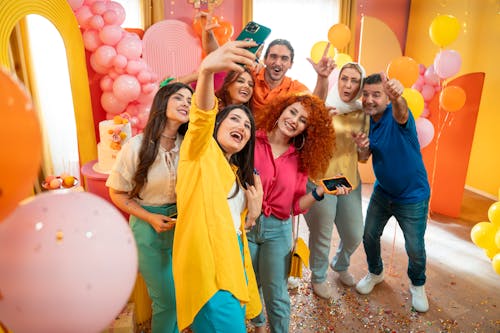
Using every color of the rainbow might feel festive, but it often creates visual chaos. Loud, clashing tones can make the room feel overwhelming instead of stylish. Guests may not consciously notice, but the human brain prefers environments with some color harmony. Too much contrast can feel more like a carnival than an elegant party.
Poorly chosen colors also affect how food and drinks look. Harsh neon backgrounds, for instance, can make appetizers seem unappetizing. Even photos from the event can suffer because of the strange lighting and backdrops. Coordinating two to three complementary shades usually makes the space feel intentional and inviting.
4. Fake Flowers Everywhere
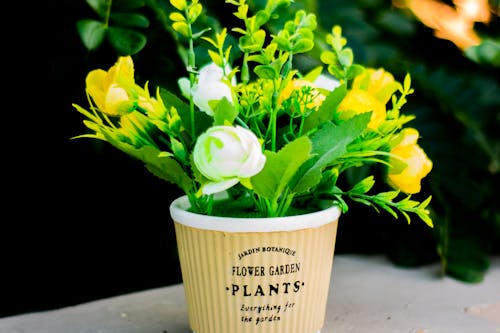
Artificial flowers can be tempting since they’re easy and long-lasting, but too many of them look cheap. Guests can usually tell when arrangements are made of plastic or silk, and that takes away from the sense of occasion. They also tend to gather dust, which isn’t appealing up close. One or two faux arrangements might pass, but filling the room with them makes the atmosphere stale.
Real flowers, even simple ones, add a touch of freshness through scent and natural texture. That subtle liveliness helps people feel more energized in the space. Fake flowers, on the other hand, often feel lifeless and dated. It’s one décor shortcut that rarely pays off.
5. Over-Sized Centerpieces
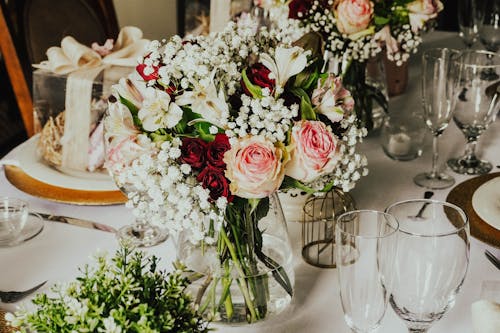
Huge floral displays or towering sculptures in the middle of tables might look dramatic, but they block views. Guests often have to lean around them awkwardly to chat with the person across. That kills the natural flow of conversation, which is the heart of any party. No one wants to feel like they’re talking through a jungle of stems.
Large centerpieces also take up valuable table space. Suddenly, there’s no room for drinks, plates, or shared appetizers. Guests may feel cramped or frustrated when they can’t place their things comfortably. Smaller, lower arrangements encourage both conversation and comfort.
6. Glitter and Confetti
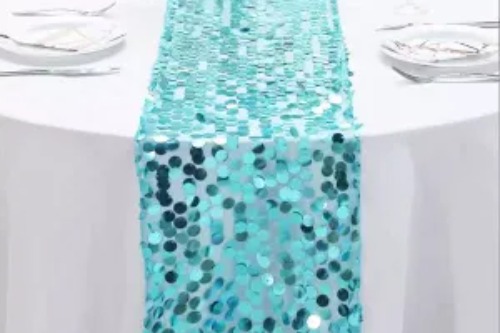
It looks fun in theory, but glitter and confetti are a nightmare once the party is over. They stick to shoes, hair, clothing, and every surface imaginable. Many guests hate leaving a party covered in sparkles they can’t easily remove. It creates a sense of mess instead of magic.
Confetti on tables also tends to stick to glasses and plates, which feels unsanitary. Once drinks spill, it quickly turns into a soggy, unappealing paste. Cleanup takes hours, and even then, the host often finds bits weeks later. Guests remember that frustration more than the festive sparkle.
7. Overly Themed Decorations
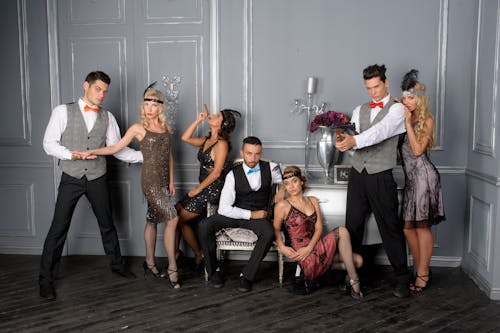
Themes can be fun, but going overboard makes people feel like they’re at a costume party they didn’t sign up for. When every surface screams the same theme, guests can feel boxed in. It also limits how people can interact with the space, since everything is tied too tightly to one idea. Subtle nods work better than full-on immersion.
For example, a tropical theme doesn’t require grass skirts on every chair and inflatable flamingos everywhere. A few palm leaves and a themed cocktail can set the tone without overwhelming. Too much theme decor often makes the event feel like a gimmick. Guests usually prefer atmosphere over a forced concept.
8. Uncomfortable Seating
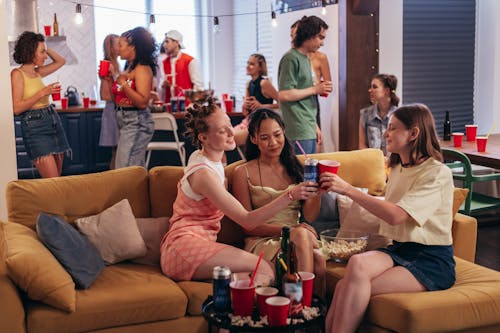
No matter how nice the decorations are, guests won’t stay long if the seating is stiff, cramped, or scarce. Folding chairs without cushions, for example, can get uncomfortable fast. If people can’t relax, they’ll stand awkwardly or even leave earlier than planned. Comfort always outlasts flashiness.
On the flip side, oversized decorative chairs or couches that look nice but feel awkward aren’t much better. Guests won’t want to sit if they feel they might sink in too deep or topple over. Good seating is about balance: stylish enough to fit the theme, but comfortable enough for people to linger. It’s an investment worth making.
9. Overloaded Photo Booth Props
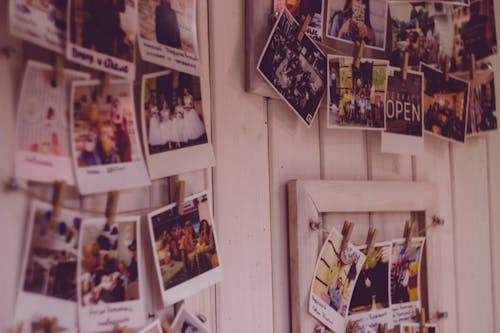
Photo booths can be fun, but too many props clutter the space and distract from genuine moments. When there’s a pile of goofy items, guests sometimes feel pressured to use them all. That often results in awkward, staged photos instead of natural, happy ones. A few curated options work better than a mountain of randomness.
Props also create mess when they’re left scattered around tables or the floor. People may step on them or trip, which makes the whole area feel sloppy. Quality beats quantity here—thoughtful, on-theme props make photos memorable without overwhelming. Guests appreciate being given the space to enjoy themselves without overcomplication.
10. Overpowering Scents
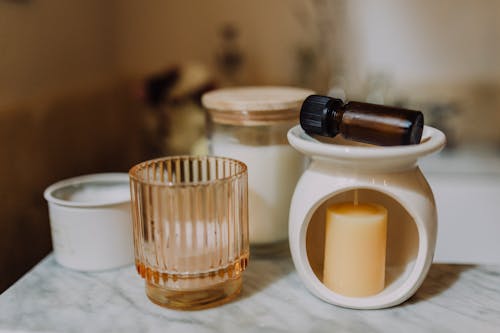
Candles, diffusers, or sprays can seem like a quick way to create ambiance, but strong scents often backfire. Not everyone reacts well to heavy fragrances, especially artificial ones. They can trigger headaches, allergies, or nausea, which isn’t exactly party-friendly. Even pleasant scents can feel suffocating when they dominate the air.
Food also tastes different when competing with strong perfume-like aromas. Imagine enjoying wine or appetizers while surrounded by overwhelming lavender or cinnamon—flavors get distorted. Guests will likely remember the discomfort more than the decor. Light, fresh scents or simply relying on natural food aromas is usually the safer choice.
11. Distracting Projections or Screens
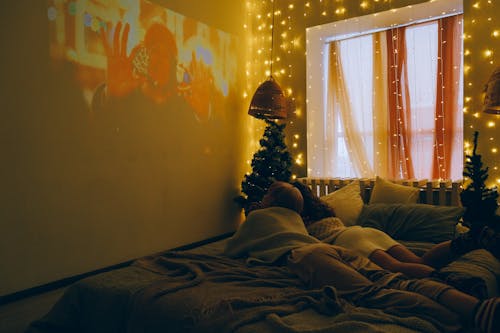
Projectors or looping visuals can be cool, but they tend to draw attention away from actual interactions. Guests might end up staring at a screen instead of mingling. Bright, flashing images can also cause sensory overload, especially in smaller spaces. It sets the wrong tone if people feel like they’re at a commercial or light show.
Screens also date photos quickly, since whatever is playing becomes the background. That makes the event feel less timeless and more like a gimmick. A projection can enhance a large event, but at intimate gatherings, it just dominates. Simple décor usually keeps the focus on people instead of tech.
12. Overcrowding the Space with Décor
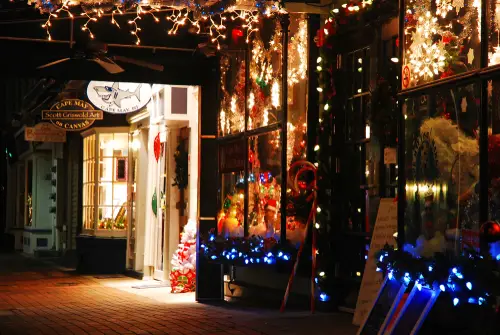
The biggest mistake is simply doing too much. When every wall, corner, and table is packed with decorations, the room feels suffocating. Guests need breathing room to move comfortably and take everything in. An overfilled space ends up feeling chaotic instead of festive.
Too much décor also competes for attention, making nothing stand out. People may even feel anxious if the room feels cluttered and overstimulating. Editing down is just as important as adding in—it shows intention and taste. A little negative space actually makes the decorations shine more.
This post 12 Party Décor Choices That End Up Ruining the Atmosphere was first published on Greenhouse Black.
